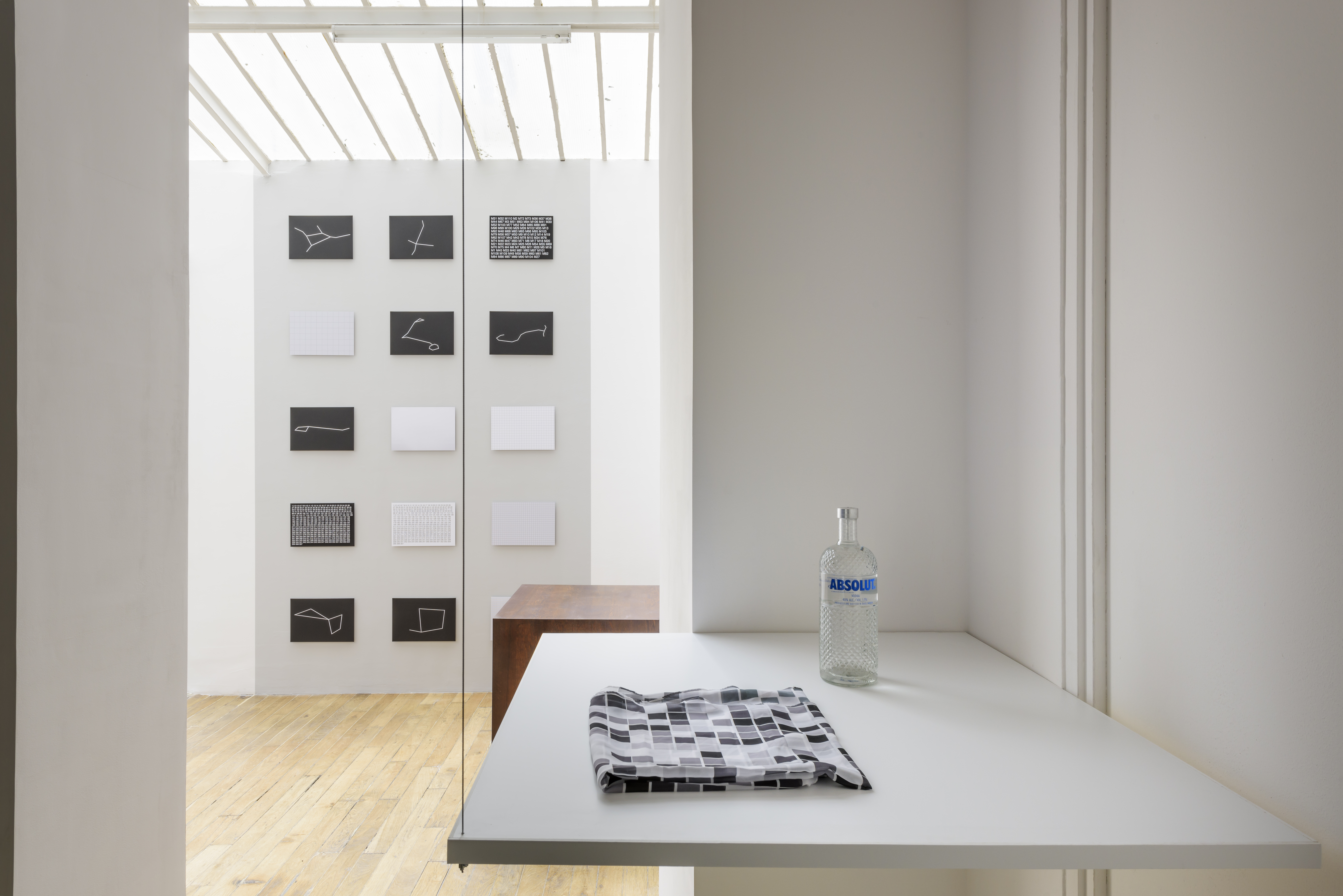Chantal Crousel gallery is delighted to present the second solo show of Sean Snyder (1972. Lives and works in Berlin). Using photography, video and text elements, Sean Snyder's (1972) installations explore aspects of urban space and architecture as signs of economic and political structures as well as media and cultural domination. Through various modes of representation whether producing material, reprocessing existing material or archival research his work traces the visual codes that effect the built environment. Snyder's research picks up where other sources of information leave off, engaging the viewer in an interconnected narrative of seemly fictional facts and coincidences posed to the viewer to interpret the specific history or circumstance. Opening on Friday November 19th, 6-9 PM A detailed documentation on the works presented in the exhibition will be available to the public at the gallery.
Analepsis, 2003-2004, extracts re-establishing shots (reminders or updates on scene changes) and sequence shots (a take whose duration covers an entire scene and features no editing) from satellite news broadcasts. Lasting between 1 and 4 seconds, the sequences are used to create the illusion of coherence and chronological continuity in a news story. Isolated from a textual narrative and assembled according to camera techniques, the context and geographic locations remain associative but ambiguous. The scenes depict urban space before or after the action or scene of the crime. Through a structural investigation of editing techniques the project attempts to expose the essentially cinemagraphic nature of television news reporting.
Image Analysis (no…), 2004 is an ongoing series of work tracing syndicated news imagery (from sources such as AP or Reuters) through various means of reproduction. Starting with the original data, press images are put through various technical processes such as magazine, newspaper, and the Internet. The conventions of visual cognition are illustrated as the resolution of an image is dissolved.
Two Oblique Representations of a Given Place, (Pyongyang), 2001-2004, is a video projection from 2 different perspectives; documentary film and amateur video material. The first video is edited from the elaborately staged DPRK documentary films "Pyongyang in Four Seasons" and "Changes in Pyongyang Forever in My Memory" produced in the mid-1990s for internal purposes. The fading images allude to the impossibility of accurately depicting of the urban space of Pyongyang. The second video is edited from amateur footage obtained from an American hydro-engineer on a visit to the DPRK to work at the Yongbyon nuclear facility in 1995. The material has been transferred from NTSC Hi-8 to NTSC VHS to mini-DV PAL, digitized and the sound restored. Zooming in and out, the camera is used as a investigative device. The resulting distorted image quality depicts scenes unlike the known mediated images of North Korea, while the subtitled voice behind the camera attempts to describe what is seen. While constantly being told to turn off the camera, his verbalized assumptions of what he is seeing conflict with his what he is being told.
Rhetoric Shift (Donald H. Rumsfeld), 2004 using the basic structure and approximate duration of a news conference, the work questions the authority of language and explores the mechanisms of translation. Using extracts from Donald Rumsfeld’s press conference transcripts and details from imagery officially released by the US Department of Defense, Rumsfeld’s known rhetorical speech style is filtered through a simultaneous Arabic translation and linguistic analysis, collapsing in a paradoxical full circle.
更多

